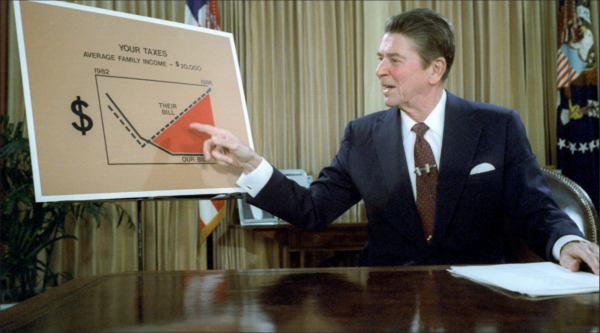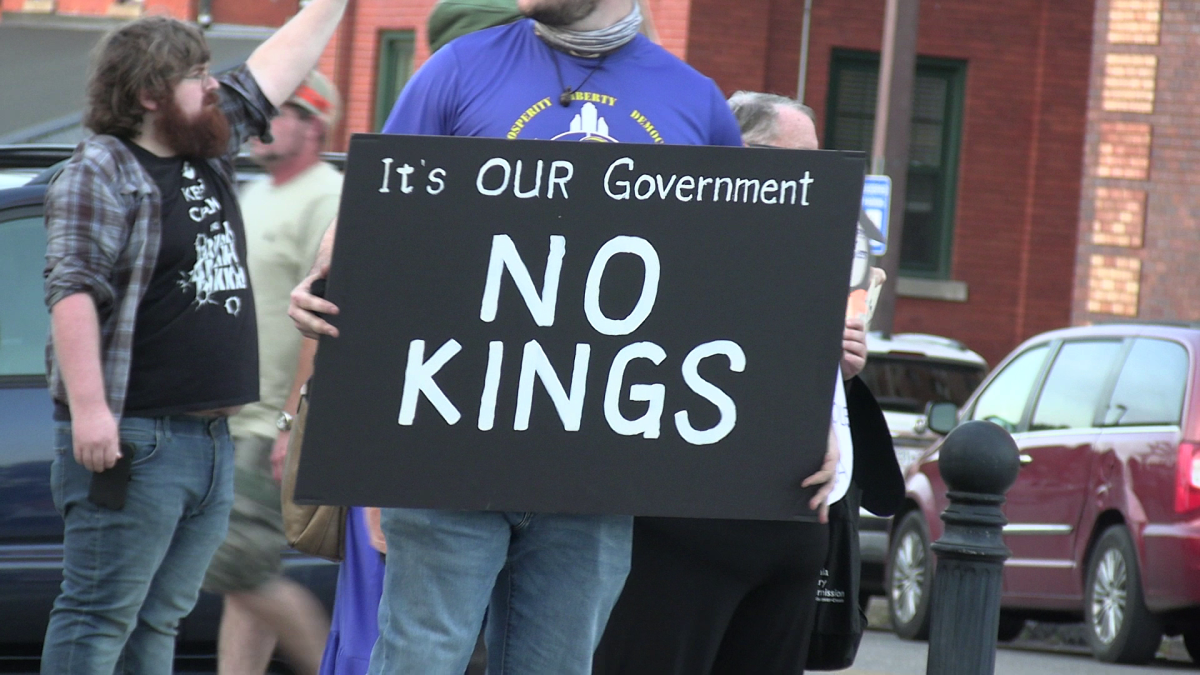They claim that hindsight is 20/20, but this analogy no longer applies to the modern iteration of the American right-wing political sphere. The era of conservatism is alive and well in the United States as the mainstream takeover of free-market conservatism has embedded itself firmly and deeply in the bedrock of the American political and economic landscape, ushered in by Ronald Reagan.
Reagan, who took office in 1981, enacted sweeping changes that would completely reshape the American economy and society. The introduction of his divisive “Reaganomics,” which provided massive tax cuts to the wealthiest Americans, would stagnate wages, increase national debt and create one of the largest income inequality gaps in the industrialized world.
These results, while often debated on intentionality, have become the gold standard for those on the political right in America who have claimed Reagan as the poster boy for conservatism. In his reign, these tax cuts lowered the marginal tax rates from 78% to a mere 28%.
For those unaware, a marginal tax rate is the additional taxes paid to the highest dollar earned on your income. Marginal tax rates were created to force the wealthiest in the nation to pay, thus attributing more in taxes than those who have lower incomes and pay fewer taxes.
Thus, Reagan eliminated a large attribution that the wealthy provided the American economy, claiming it would “trickle down” to middle and working-class Americans. However, this has not been the case.

According to Statista Research, the top 1% of the nation’s earners have seen their share of the nation’s income rise from 8.6% in 1989 to 13.9% in 2023, while the poorest 50% of Americans have seen their share of the nation’s wealth decrease from 3.5% to 2.6%.
Wealth statistics are always difficult to grapple with, especially when considering that these differences may not seem like much, but these stats show that 10% of Americans own 66.6% of the nation’s total wealth, while 50% of the nation only owns 2.6%. Simply put, wealth has become centralized with the wealthiest Americans becoming richer and richer every year.
Before Reagan, fellow Republican former President Dwight D. Eisenhower boasted a tax rate of 90% for the richest people in the country, while now they pay merely 37% due to Reagan-era tax cuts.
While it may seem relatively simple to fix, the conservative economic policy has eroded the American tax system. Both the Democratic and Republican candidates have largely benefited from these tax cuts, which has opened the door for lobbyists to protect the interests of the wealthiest citizens, including maintaining low tax rates.
Threats of higher taxes are seldomly brought up over fear of political suicide; however, if Americans were to see the benefits of taxing exclusively the wealthiest earners, they could see the impact that the revenue would bring, including expanded social benefits, lower national debt and improvements to infrastructure.
Despite the immense advantages raising taxes on the country’s highest earners would bring, the American public remains largely split on raising taxes on the wealthy. According to a 2022 Gallup poll, 79% of Democrats support increasing the taxes on the wealthy, while only 24% of Republicans support the policy.
While divisive, it hasn’t stopped politicians from trying to reverse the catastrophic effects of Reaganomics. In March, Biden introduced a 25% tax on those with more than $100 million that would raise $500 billion over 10 years, but the legislation faces an uphill battle in the increasingly partisan Congress.
While statistics largely debunk the benefits of trickle-down economics, it remains very popular among both Republican voters and politicians. Reagan largely set the standard for the future of the Republican party, paving the way for future populist candidates like Donald Trump to regurgitate the rhetoric popularized by Reagan.











Paul D Brown • Jan 9, 2025 at 8:20 am
I hate my country
Paul Freda • Dec 30, 2024 at 2:39 pm
Taxation is the quantification of tyranny. And if you took all of the wealth of the top 10% of the country it would run the federal government for perhaps 6 months. Killing the Golden Goose is not the answer. Getting the government out of the way of the free market is what brings the enormous prosperity that you and I have enjoyed for the last 50 years.
Joseph • Nov 29, 2024 at 6:04 pm
Concise and very well said. This was the first thing that came up in a simple Google search about how the Reagan administration destroyed America. More people should be reading it.